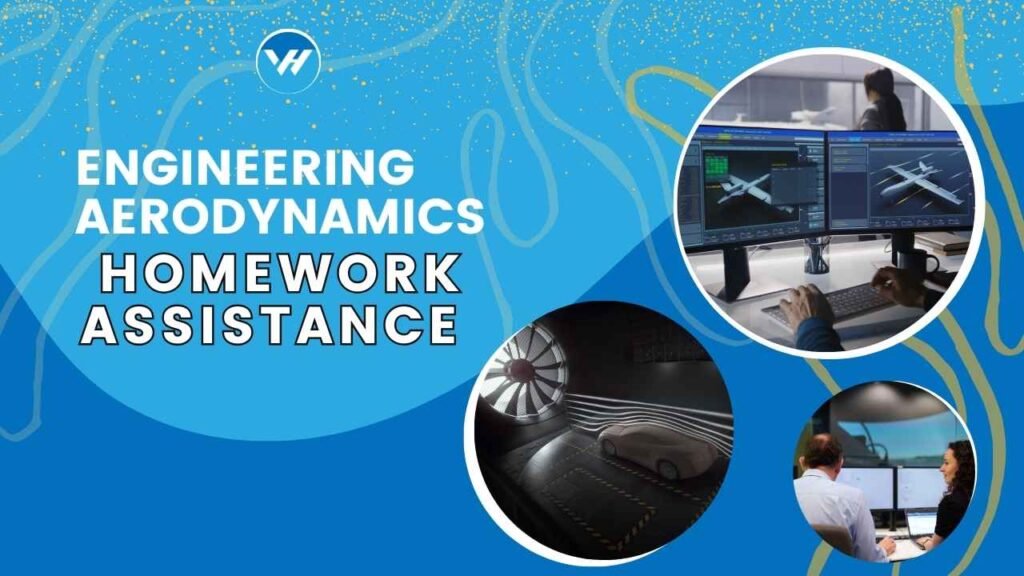Engineering biomechanics is an interdisciplinary field that blends principles of engineering and biomechanics to solve complex problems related to the mechanical aspects of biological systems. It involves the study of how forces interact with the human body and other biological systems, aiming to improve the design and functionality of medical devices, prosthetics, and various assistive technologies.

Table of Contents
ToggleImportance of Engineering Biomechanics in Modern Engineering
In modern engineering, biomechanics plays a critical role in designing and improving medical devices, understanding human motion, and enhancing overall health and safety. It bridges the gap between biology and engineering, ensuring that devices and systems work harmoniously with the human body. For example, well-designed prosthetics can significantly enhance the quality of life for individuals with limb loss, while ergonomic tools can prevent injuries in the workplace.
Overview of Common Challenges in Biomechanics Projects
Biomechanics projects often come with their own set of challenges. These can range from complex data analysis to difficulties in translating biological data into engineering designs. Projects may involve intricate simulations or experiments, requiring a deep understanding of both biomechanical principles and engineering techniques. Identifying and addressing these challenges early on is crucial for successful project outcomes.
Understanding Engineering Biomechanics
The Basics of Biomechanics
Biomechanics is the study of the mechanical principles of living organisms. It focuses on how forces and torques affect biological systems, including the human body. Key areas include the analysis of movement, forces, and the mechanical properties of biological tissues. By understanding these principles, engineers can design better medical devices, improve athletic performance, and create more effective rehabilitation strategies.
Key Concepts in Engineering Biomechanics
Kinematics and Dynamics
Kinematics involves the study of motion without considering forces, while dynamics focuses on the forces causing motion. In biomechanics, understanding both concepts is essential for analyzing how the body moves and responds to external forces. Engineers use these principles to design equipment that supports or enhances human movement.
Material Properties and Forces
Material properties such as elasticity, strength, and durability are crucial when designing devices that interact with the human body. Engineers must understand how different materials behave under various conditions to ensure that their designs are safe and effective. Forces, including compression, tension, and shear, play a significant role in determining how these materials will perform.
Applications of Engineering Biomechanics
Engineering biomechanics has a wide range of applications. It is used in designing prosthetics, creating assistive devices, analyzing human motion, and improving ergonomic tools. Each application requires a deep understanding of biomechanical principles and a creative approach to solving engineering problems.
Common Types of Engineering Biomechanics Projects
Prosthetics and Orthotics
One of the most impactful areas of biomechanics is the development of prosthetics and orthotics. Engineers work to create devices that replace or support lost or impaired body parts. These projects often involve intricate design and testing to ensure that the devices function correctly and are comfortable for the user.
Biomechanical Analysis of Human Motion
Projects in this category focus on understanding how the human body moves and responds to different forces. This might involve studying gait, posture, or the impact of various activities on the body. The insights gained from these analyses can lead to improved designs for sports equipment, rehabilitation devices, and more.
Design of Assistive Devices
Assistive devices are designed to help individuals with disabilities or impairments. These projects can range from simple tools to complex electronic devices. Engineers must consider both the mechanical aspects and the user’s needs to create effective solutions.
Ergonomics and Human Factors Engineering
Ergonomics focuses on designing tools and environments that enhance human performance and comfort. Human factors engineering involves studying how people interact with systems and designing them to be more user-friendly. Projects in this area aim to improve workplace safety, productivity, and overall well-being.
How to Approach an Engineering Biomechanics Project
Defining the Project Scope
Before starting a biomechanics project, it’s essential to define the scope. This involves identifying the problem to be solved, the objectives of the project, and the constraints. A well-defined scope helps in creating a clear plan and ensures that all aspects of the project are covered.
Conducting Background Research
Background research provides the foundation for any project. It involves reviewing existing literature, understanding current technologies, and learning from past projects. This step helps in identifying gaps in knowledge and developing a more informed approach to the project.
Formulating Hypotheses and Objectives
Based on the research, formulate hypotheses about how to address the problem. Set clear objectives that outline what you aim to achieve with the project. This helps in focusing the efforts and evaluating the success of the project.
Designing the Experiment or Simulation
The design phase involves creating experiments or simulations to test the hypotheses. This might include designing physical tests, developing computer simulations, or both. Careful planning and execution are crucial to obtaining reliable data.
Collecting and Analyzing Data
Once the experiment or simulation is conducted, collect and analyze the data. This step involves interpreting the results and determining whether the objectives have been met. Data analysis helps in refining the design and making necessary adjustments.
Tools and Resources for Engineering Biomechanics
Software for Biomechanical Analysis
Several software tools are available for biomechanical analysis, including MATLAB, OpenSim, and AnyBody Modeling System. These tools help in simulating and analyzing biomechanical systems, providing valuable insights into how different factors affect the system.
Essential Equipment for Experiments
Depending on the project, various equipment might be required, such as motion capture systems, force plates, and biomechanical sensors. Selecting the right equipment ensures accurate data collection and analysis.
Academic and Industry Resources
Utilize academic journals, industry publications, and professional organizations to stay updated with the latest research and developments in biomechanics. These resources provide valuable information and networking opportunities.
Challenges and Solutions in Biomechanics Projects
Common Challenges in Biomechanical Analysis
Biomechanical analysis can present challenges such as complex data interpretation, high costs of equipment, and difficulties in simulating real-life conditions. Addressing these challenges requires a combination of technical expertise and creative problem-solving.
Strategies to Overcome These Challenges
To overcome challenges, consider using advanced simulation techniques, collaborating with experts in the field, and leveraging available resources. Developing a clear project plan and maintaining flexibility can also help in navigating obstacles.
How Virtual Help Can Assist with Your Biomechanics Project
Overview of Virtual Help Services
Virtual Help is an online platform that connects students with tutors and experts for various academic needs, including engineering biomechanics projects. The platform provides access to experienced professionals who can offer guidance and support.
How Virtual Help Connects Students with Experts
Through Virtual Help, students can find tutors who specialize in biomechanics and other engineering fields. The platform allows for personalized assistance, ensuring that students receive the help they need for their specific projects.
Benefits of Using Virtual Help for Biomechanics Projects
Using Virtual Help can streamline the project process by providing expert advice, resources, and support. It offers flexibility, convenience, and access to a wide range of knowledge and expertise.
Conclusion
Engineering biomechanics is a fascinating field that combines engineering principles with the study of biological systems. Whether you’re working on prosthetics, assistive devices, or biomechanical analysis, understanding the key concepts and challenges is essential for success.
Approaching a biomechanics project with a clear plan, the right tools, and expert guidance can lead to impactful results. Utilizing resources like Virtual Help can further enhance your project’s success and provide valuable support.
FAQs
What is the importance of biomechanics in engineering?
Biomechanics plays a crucial role in engineering by helping design and improve medical devices, prosthetics, and ergonomic tools. It ensures that these devices work effectively with the human body, enhancing both function and safety.
What are some common tools used in biomechanics projects?
Common tools include motion capture systems, force plates, biomechanical sensors, and software for simulations and data analysis. These tools help in collecting and analyzing data related to human movement and forces.
How can Virtual Help assist with my biomechanics project?
Virtual Help connects you with tutors and experts who can provide personalized assistance for your biomechanics project. They offer guidance, resources, and support to help you achieve your project goals.
What are some common challenges in biomechanics projects?
Challenges include complex data analysis, high equipment costs, and difficulties in simulating real-life conditions. Addressing these challenges requires technical expertise and creative problem-solving.
How do I start a biomechanics project?
Start by defining the project scope, conducting background research, formulating hypotheses and objectives, designing experiments or simulations, and collecting and analyzing data. Utilizing resources like Virtual Help can also provide valuable support.





